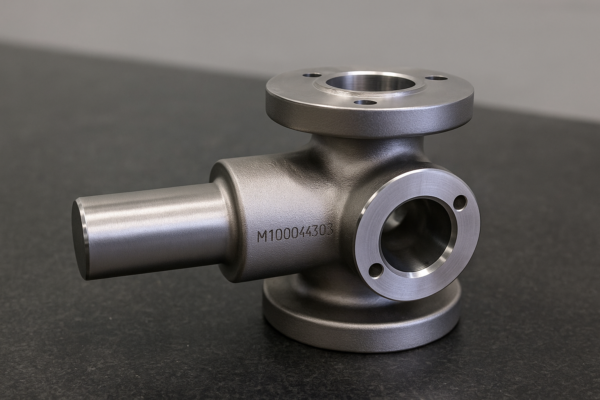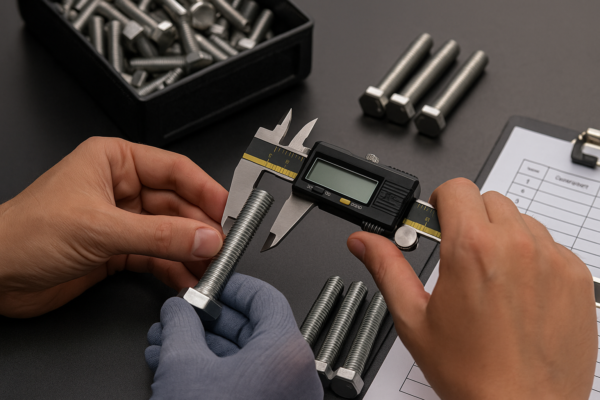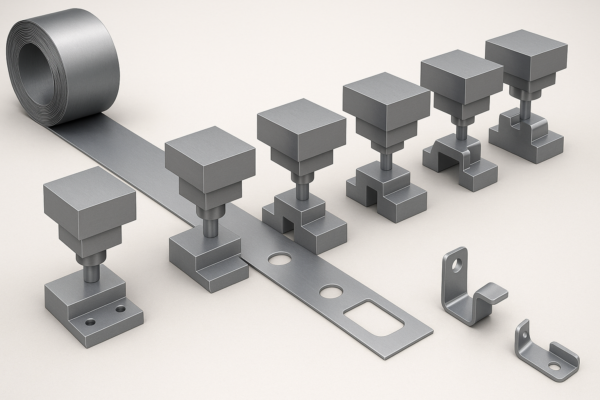What is the hardest material to CNC?

CNC machining is an essential process for producing high-precision parts from a variety of materials. However, some materials are more difficult to machine than others. Understanding the hardest materials to CNC can help businesses prepare for the challenges of machining these tough materials.
Snippet paragraph: Some materials are particularly tough on CNC machines due to their hardness, abrasiveness, or unique properties.
Transition paragraph: Let’s explore the toughest materials to CNC, the tools needed, and how to approach machining these challenging substances.
What is the hardest cutting tool material?
To cut hard materials effectively, it’s essential to use cutting tools that can withstand high temperatures and pressures. The hardest cutting tool materials are typically those made from carbide or ceramics.
Snippet paragraph: Hard cutting tools, such as carbide and ceramics, are used to machine the hardest materials due to their durability and wear resistance.
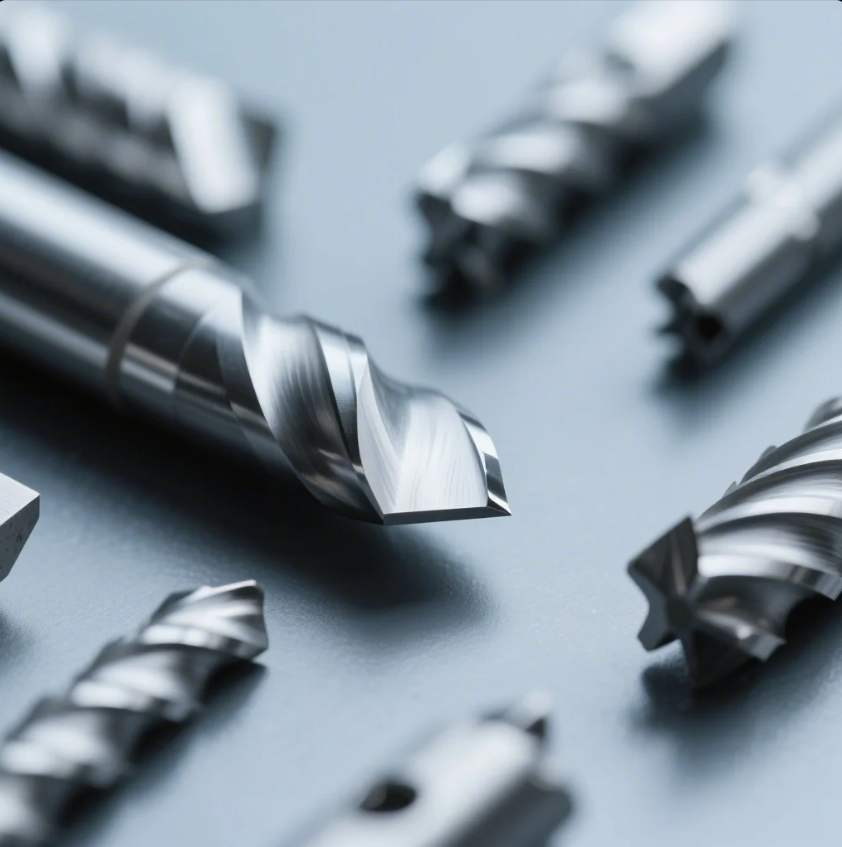
Dive-Deeper paragraph: The hardest cutting tools are typically made from tungsten carbide or ceramic materials. Tungsten carbide tools are extremely hard and wear-resistant, which makes them ideal for cutting through tough materials like steel and titanium. Ceramic tools, although more brittle, can withstand higher temperatures and maintain sharpness longer than carbide, making them suitable for high-speed machining of hard metals. These tools are often used in industries like aerospace and automotive manufacturing where precise, high-performance cuts are required.
For materials that are difficult to machine, using the correct cutting tool is crucial. High-speed steel (HSS) tools are also commonly used, but they are not as durable or efficient for harder materials compared to carbide or ceramics.
Types of Cutting Tools
Here’s a comparison of common cutting tool materials used for machining tough materials:
| Tool Material | Hardness (HRC) | Suitable for | Advantages |
|---|---|---|---|
| Tungsten Carbide | 80-90 HRC | Steel, titanium, alloys | Very wear-resistant, good for hard metals |
| Ceramic | 90-95 HRC | Cast iron, hard metals | Maintains sharpness at high temperatures |
| High-Speed Steel (HSS) | 60-70 HRC | Soft metals, plastics | Cost-effective but less wear-resistant |
The right choice of tool material can drastically improve the efficiency and quality of machining hard materials.
What is the most difficult material to machine?
Some materials are particularly challenging to machine due to their hardness, abrasiveness, or toughness. These materials can wear down tools quickly and increase the cost of machining.
Snippet paragraph: Materials like titanium, Inconel, and certain high-hardness steels are known to be among the most difficult to machine.
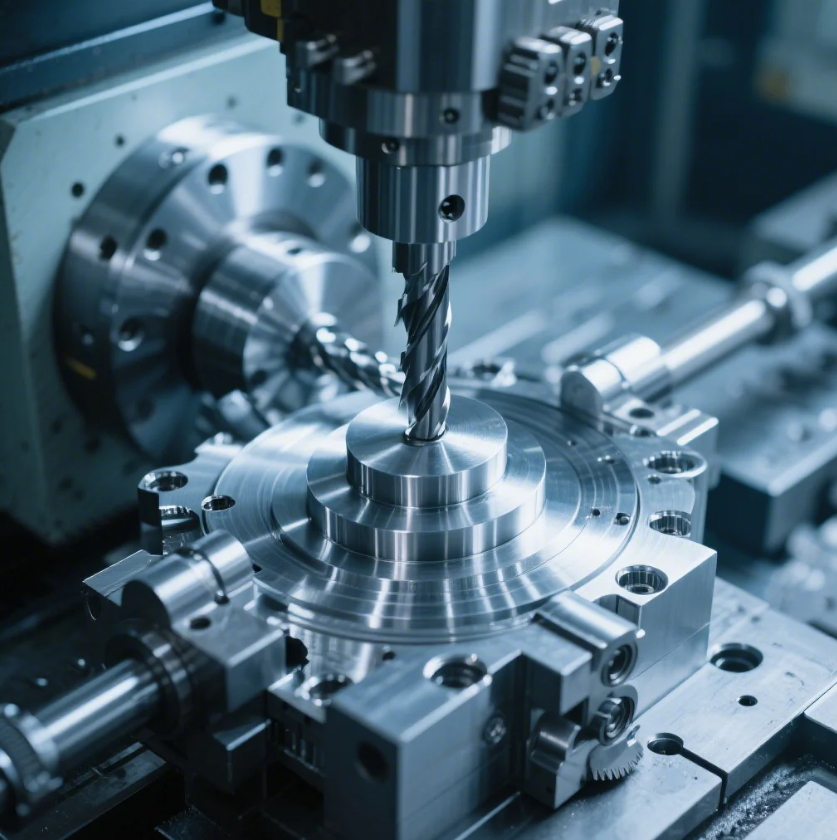
Dive-Deeper paragraph: Among the most difficult materials to machine are titanium, Inconel, and high-carbon steels. Titanium is known for its high strength-to-weight ratio and resistance to corrosion, but it is extremely tough and requires high cutting forces. Inconel, an alloy primarily made of nickel and chromium, is heat-resistant and highly durable, making it difficult to machine with conventional tools.
Another difficult material is high-carbon steel. While it is widely used in manufacturing, its hardness makes it difficult to machine, particularly when high precision is required. These materials often require specialized tools, slower cutting speeds, and advanced cooling techniques to prevent tool wear and overheating.
Challenging Materials for CNC Machining
Here’s a list of the hardest materials to machine:
| Material | Characteristics | Machining Challenge |
|---|---|---|
| Titanium | High strength-to-weight ratio | Requires high cutting forces, tool wear |
| Inconel | Heat-resistant, durable | Prone to work hardening, difficult to cut |
| High-Carbon Steel | Very hard and brittle | High wear on tools, slow cutting speeds |
| Hard Ceramics | Very brittle, abrasive | Prone to cracking, requires special tools |
These materials require not only the best tools but also advanced machining techniques to ensure success.
What is the easiest material to CNC?
On the other end of the spectrum, some materials are much easier to machine due to their softer properties and lower resistance to cutting forces.
Snippet paragraph: Softer materials, such as aluminum and plastic, are easier to machine and require less specialized tooling.
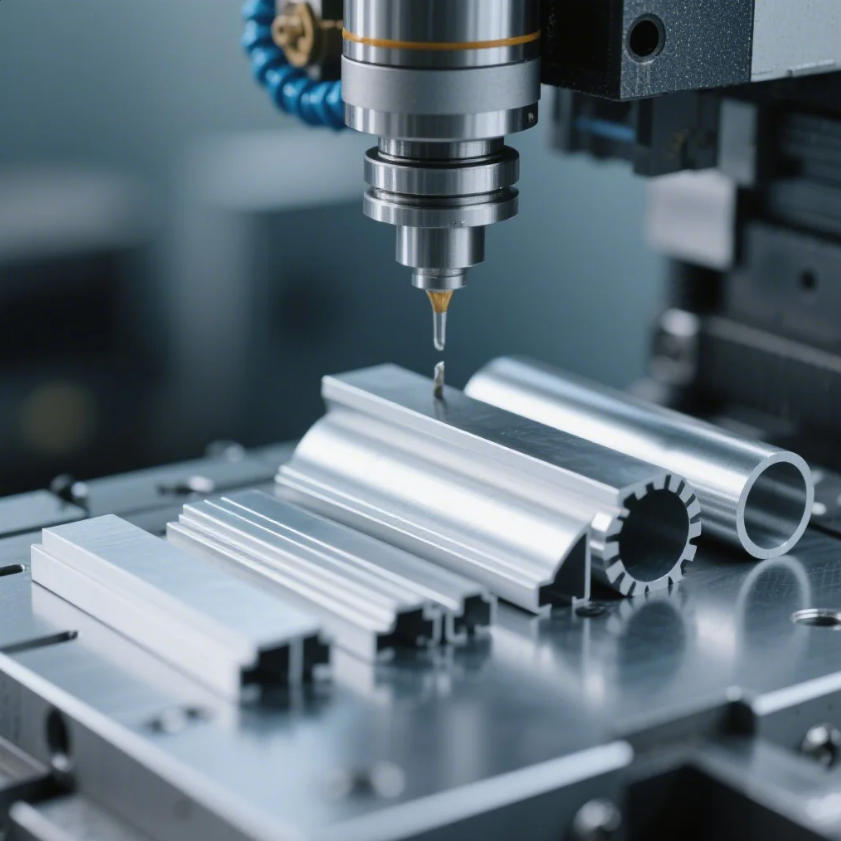
Dive-Deeper paragraph: Aluminum is one of the easiest materials to CNC because of its soft nature and low melting point. It’s commonly used in industries like aerospace, automotive, and electronics. Aluminum also has excellent machinability, which means it requires less power to cut and can be machined at higher speeds.
Plastics, such as acrylic, nylon, and PVC, are also relatively easy to machine. They don’t require the high forces or specialized tools that harder materials do, making them ideal for prototypes and low-volume production runs. Additionally, plastics often produce less heat during machining, reducing the risk of tool wear.
Easier Materials for CNC Machining
Here’s a breakdown of some of the easiest materials to machine:
| Material | Characteristics | Ease of Machining |
|---|---|---|
| Aluminum | Soft, lightweight | Low cutting forces, fast machining |
| Plastics (Acrylic, PVC) | Low hardness, versatile | Low wear on tools, simple to cut |
| Brass | Soft, corrosion-resistant | Easy to machine, smooth finish |
| Copper | Soft, good thermal conductor | Cuts easily, good surface finish |
These materials can be machined quickly and efficiently, making them ideal for high-volume or less complex projects.
What materials cannot be CNC machined?
Some materials are either too difficult to machine or are not suitable for CNC machining due to their inherent properties. These include extremely hard or brittle materials that cause excessive tool wear or pose safety hazards.
Snippet paragraph: Certain materials, like carbon fiber and some ceramics, cannot be easily CNC machined without specialized equipment.
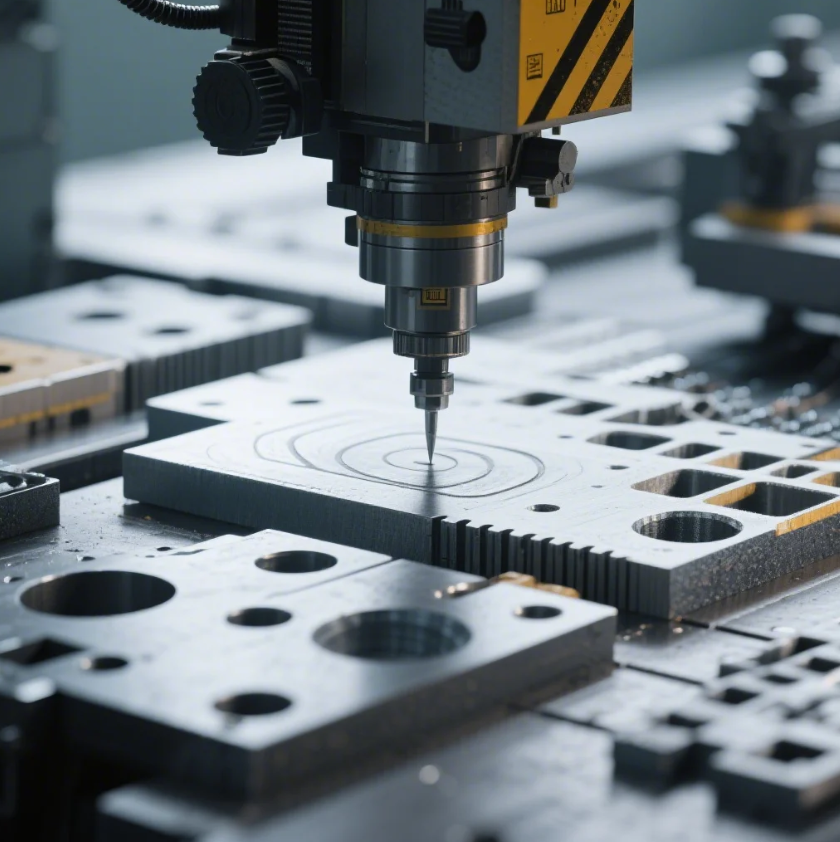
Dive-Deeper paragraph: Carbon fiber, though widely used in industries like aerospace and automotive for its strength-to-weight ratio, is difficult to CNC due to its abrasive nature. Carbon fiber can wear out cutting tools quickly, and it can also produce hazardous dust during machining.
Some ceramics are also very difficult to machine, especially when they are not reinforced with metal. Ceramics are incredibly hard but brittle, making them prone to cracking and chipping during the machining process. Special diamond-coated tools are required for cutting ceramics, and even then, the process is slow and costly.
Materials Challenging for CNC Machining
Here’s a list of materials that are generally not suitable for CNC machining:
| Material | Reason for Difficulty | Alternative Machining Methods |
|---|---|---|
| Carbon Fiber | Abrasive, wears down tools quickly | Waterjet cutting, laser cutting |
| Ceramics (Non-reinforced) | Brittle, prone to cracking during machining | EDM (Electrical Discharge Machining) |
| Glass | Brittle, hard to cut | Waterjet or laser cutting |
| Certain Hard Alloys | Extremely tough and difficult to cut | Specialized EDM or laser cutting |
While these materials aren’t completely impossible to CNC, they require highly specialized tools, slower speeds, and specific machining methods.
Conclusion
The hardest materials to CNC are typically those that are either extremely hard, heat-resistant, or brittle. Titanium, Inconel, and high-carbon steels present significant challenges due to their toughness and tendency to wear down tools quickly. For easier machining, materials like aluminum and plastics are far simpler to cut. Understanding these material properties helps manufacturers select the right tools, techniques, and machines for the job.
At Prime, we specialize in CNC machining services and have the expertise to handle a wide variety of materials. If you need high-precision CNC parts made from tough materials, reach out for a custom quote or consultation. Let us help you find the best solutions for your project!



